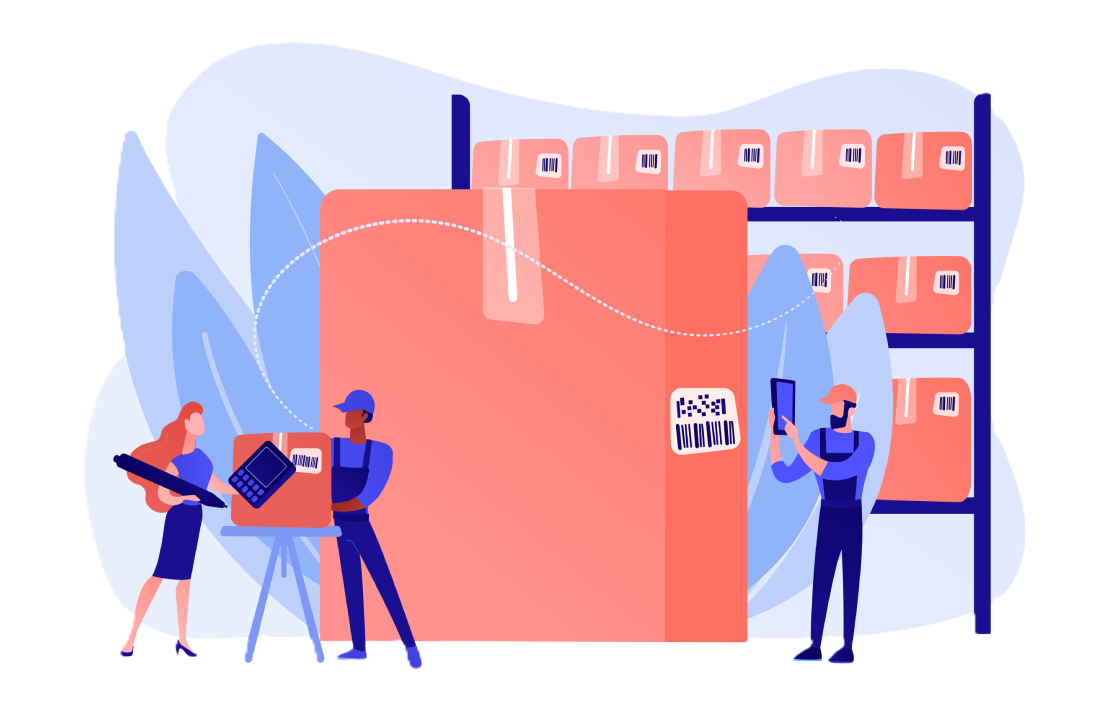At EdgeQuad, we specialize in empowering logistics companies with cutting-edge data services that enhance supply chain optimization, real-time visibility, cost reduction, and risk management. Our advanced analytics and innovative solutions ensure that every aspect of your supply chain operates at peak efficiency. By providing real-time insights, we help you make informed decisions that reduce operational costs and mitigate risks. Work with us to deliver the tools and support you need to stay ahead in the competitive logistics industry
Interested in learning more about our IT services? Contact us today to schedule a consultation with one of our experts.
Accurately predicting future demand.
Efficiency in Identifying potential issues in real time, meeting customer expectations.
Got better in Identify and address slow-moving or outdated products.
Identify potential risks and disruptions in the supply chain.

We help our customers accurately predicting future demand patterns, which is crucial for logistics companies to optimize inventory levels, reduce carrying costs, and ensure products are available when needed.

Our data services optimize delivery routes by analyzing real-time traffic conditions, weather, and delivery constraints, ensuring efficient and timely deliveries while enhancing overall logistics performance.

Our data insights helps to rearrange warehouse layouts and streamline processes that helps logistics companies can reduce handling times, increase storage efficiency, and reduce labor costs.

We help our customers identify suppliers that are not meeting expectations or negotiate more favorable contracts with those performing well. This improves their relationships with suppliers, reduces procurement costs, and ensures a consistent supply of goods.

By analyzing historical data, we help companies create effective contingency plans for dealing with supply chain disruptions, including natural disasters, geopolitical events, and supplier issues.

Grasping the intricate relationships within the supply chain ecosystem is essential. Logistics operations produce a massive amount of data from diverse sources, including Warehouse Management Systems, Transportation Management Systems, Customer Relationship Management Systems, Point-of-Sale (POS) Systems, and Internet of Things (IoT) Sensors.
Have a crystal-clear vision of what you want to achieve with your supply chain analytics platform. Goals such as improving inventory management, optimizing delivery routes, enhancing procurement strategies, gaining customer insights, and predicting and mitigating disruptions will guide your data collection and analysis efforts, ensuring the platform caters to your specific needs.
As business grows and data volume increases, your data pipelines must handle the influx seamlessly. Opt for modular designs with loose coupling to ensure flexibility and maintainability. Loose coupling means that individual components of the pipeline are independent and can be modified or replaced without affecting the entire system. Managing complex data pipelines can be challenging, so consider using data orchestration tools to automate and schedule tasks, ensuring smooth and reliable data flow.
As the old adage goes, “Garbage in, garbage out.” This is especially true in data analytics. Inaccurate or incomplete data will lead to misleading insights and ultimately hinder your decision-making capabilities. Therefore, prioritize data quality through data validation, schema enforcement, and data lineage tracking.
The vast data engineering domain offers a plethora of tools. The key is to select the right ones for your specific needs and data volume. Consider tools for big data processing, data warehousing, data orchestration, data integration, and data visualization.
Just like a vigilant watchtower, you need to constantly monitor your data pipelines and analytics platform to ensure smooth operation and data quality. Focus on aspects such as data pipeline health, data quality, and platform performance

We examine customer data, identify trends, and account for seasonal variations to forecast future demand. This enables companies to make strategic decisions about production and inventory levels for specific periods.

We Monitor key metrics such as sales-to-inventory ratio, days of inventory, total inventory, and return on inventory to effectively manage inventory and associated costs. Enhance demand forecasting to prevent stock-outs and excess inventory.

We visualize delivery plans and routing networks to shorten the time from order to delivery. By analyzing data on improper shipments and defective items, we minimize errors and control costs. Additionally, we measure and track outbound deliveries and analyze warehouse productivity.

Our services provide end-to-end visibility into the supply chain, enabling businesses to track the movement of goods from suppliers to customers. This transparency helps identify bottlenecks, delays, and inefficiencies, allowing for timely interventions.

